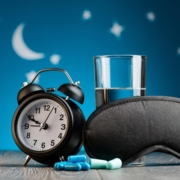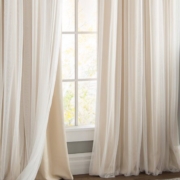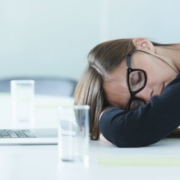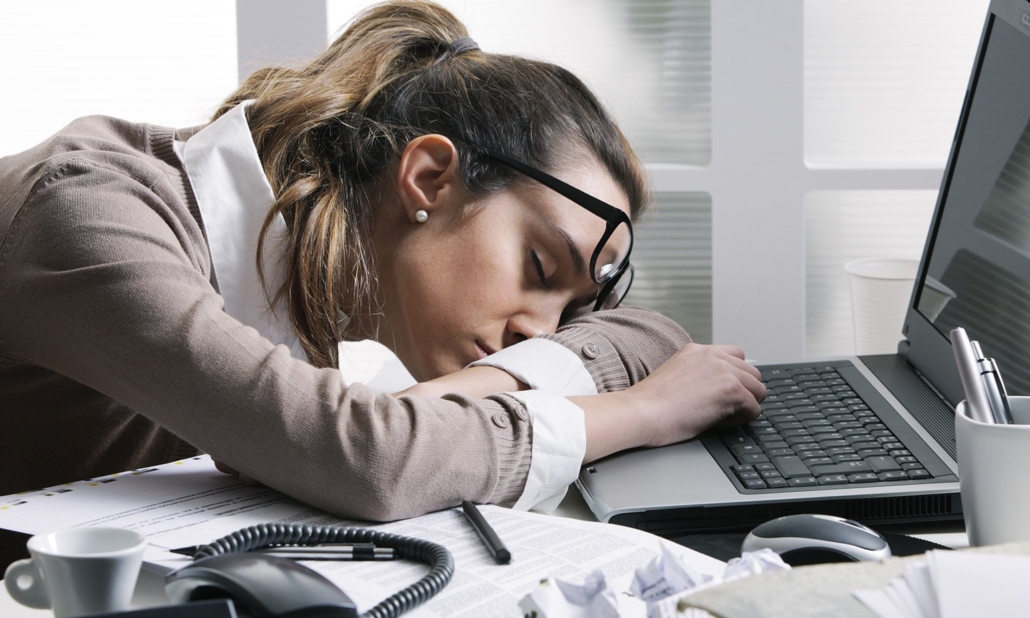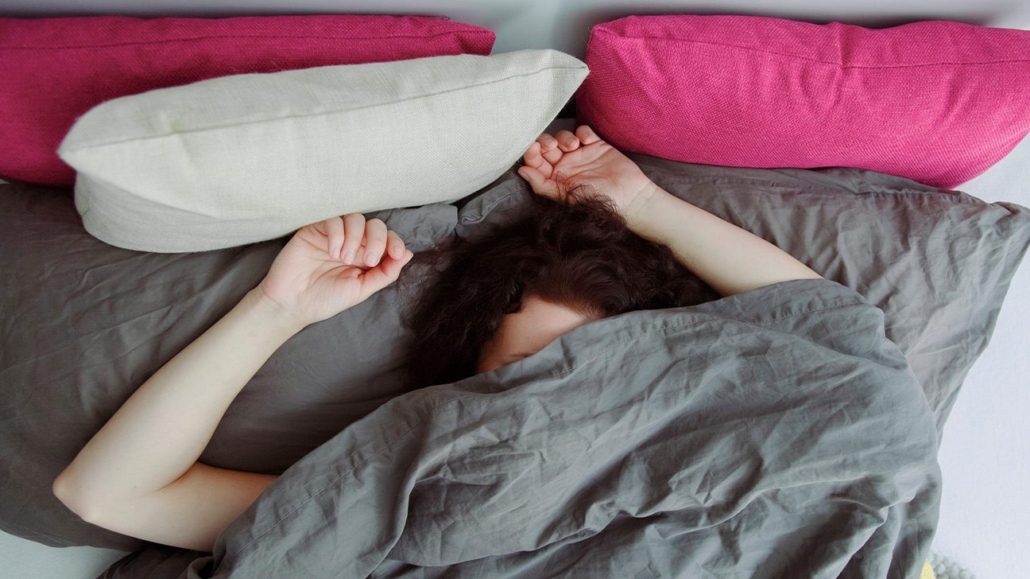Stages of Sleep: The Sleep Cycle
You’ll find 5 stages of sleep throughout the sleep cycle. Scientists classified the stages of sleep in line with the characteristics of the brain and body while sleeping. Stage 1,2,3, and 4, are classified as ‘non-REM sleep’, and then the 5th stage, is REM sleep. On the whole, brainwave frequencies and amplitudes from the electroencephelogram (EEG) are utilized to distinguish the different stages of sleep, together with other biologic rhythms such as eye movements (EOG) as well as muscle movements (EMG).
Non-REM Sleep of the Sleep Cycle
Stage 1 Sleep
Stage 1 of the sleep cycle is the least heavy stage of sleep. The EEG brain frequency is a bit slower compared to during wake time. There’s muscle tone seen in the skeletal muscles. Breathing happens in a regular rate.
Stage 2 Sleep
Stage 2 normally go after Stage 1 and signifies deeper sleep. Throughout Stage 2 sleep, the sleeper is less capable of being awakened. Stage 2 sleep is recognized by ‘saw tooth waves’ and sleep spindles.
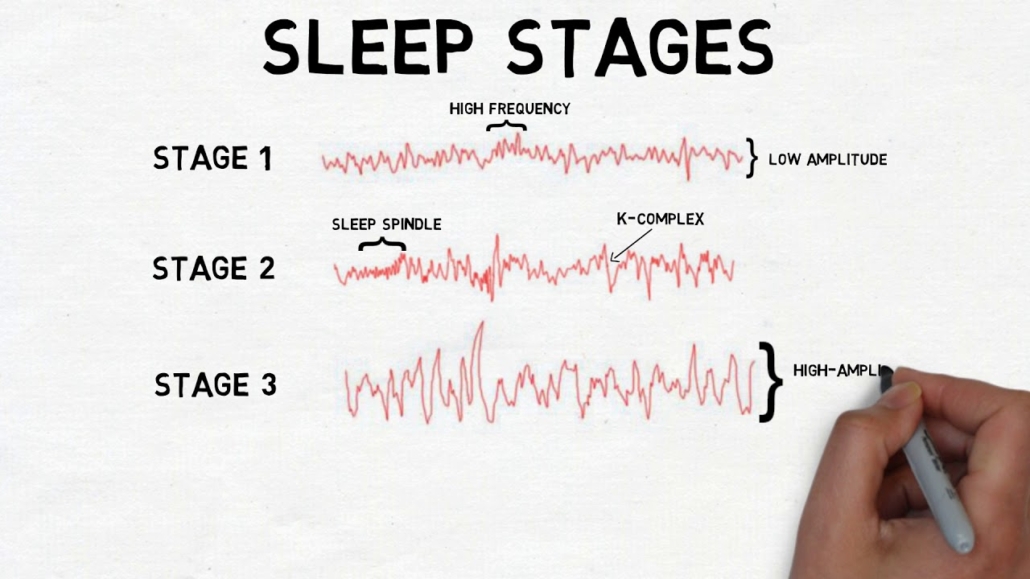
Stage 3 and 4 Sleep – Deep Sleep
Stage 3 and Stage 4 sleep of the sleep cycle are steadily much deeper stages of sleep. These stages of sleep are likewise known as ‘Slow Wave Sleep’ (SWS), or delta sleep. In the course of SWS, the EEG exhibits a much slower frequency with higher amplitude signals (delta waves). The sleeper in SWS is usually hard to awaken. A few research has indicated that very loud noises, at times above 100 decibels, won’t awaken some during SWS. As humans grow older they spend a shorter period in slow wave deep sleep and much more time on Stage 2 sleep.
Slow-wave sleep is often known as deep sleep, and it is made up of the deepest stage of NREM. In stage 3 we come across the greatest arousal thresholds, like trouble in awakening, and the like. Right after being awoken, the individual will most likely feel quite tired, and cognitive tests which have been given after being awoken from the 3rd stage show which for approximately 30 minutes or so, and in comparison to awakenings from the other stages, mental performance is somewhat reduced. It is a phenomenon referred to as sleep inertia. Whenever sleep deprivation has took place there’s usually a sharp recurring of slow-wave sleep, which implies that there’s a need for slow-wave sleep. This now shows up that slow-wave sleep is an extremely active state, and not just a brain quiescence as formerly considered to be. The fact is, brain imaging data implies that local brain activity throughout non-REM sleep is affected by the most current waking experience.
Stage 5 Sleep (REM Sleep) of the Sleep Cycle

Stage 5 of the sleep cycle, or REM sleep, is the stage of sleep related to dreaming. It’s very different from a physical standpoint compared to other stages of sleep. The EEG is similar to wake time. In spite of this, the skeletal muscles are atonic, or with no movements. The breathing is more unpredictable and abnormal. The heart rate usually increases. It’s theorized which muscle atonia advanced so as to protect the individual from injuries while asleep.
Dreaming during NREM
While in REM sleep, study individuals documented both extreme dream vividness and enhanced memory of dreams that happened in that phase, which implies that dreaming usually happens REM sleep: we all know that dreaming also happens during NREM sleep; yet, in contrast, these dreams seem to be more mundane. We also are aware that dreams which happen during the NREM stage of sleep usually happen after midnight, which is the time-period with the greatest rate of REM sleep. It was found out by a study by which subjects took naps over particular amounts of time and were then purposely woken: sleep was split into – naps with just REM sleep, and naps with just NREM sleep utilizing polysomnography. The implication here is that the happening of REM sleep isn’t required for dreaming, but instead that the actual processes making REM sleep lead to changes to a person’s sleep experience.


